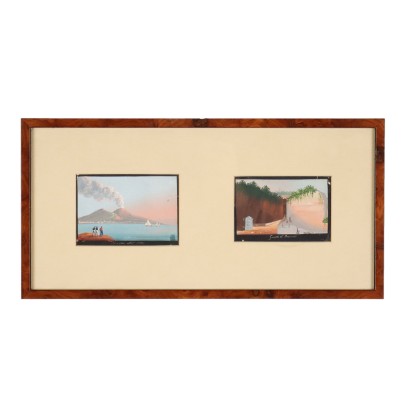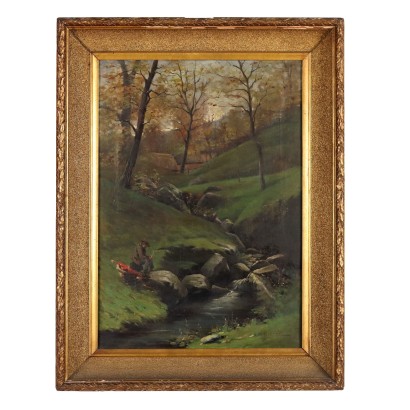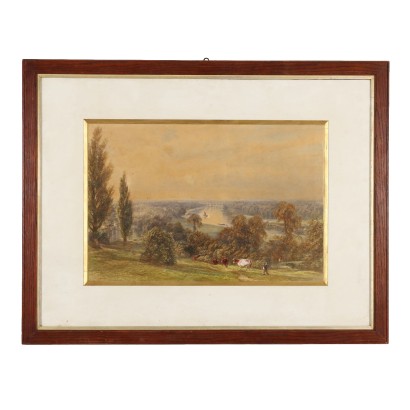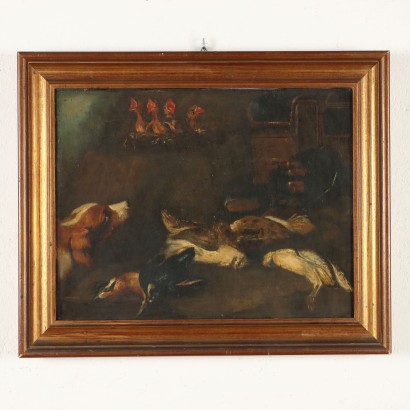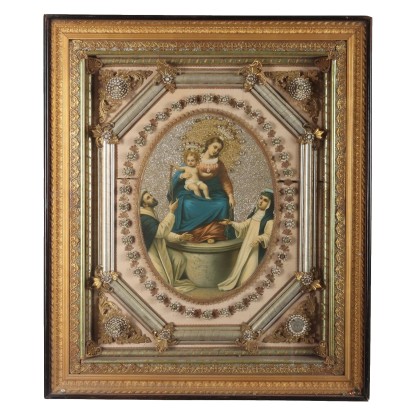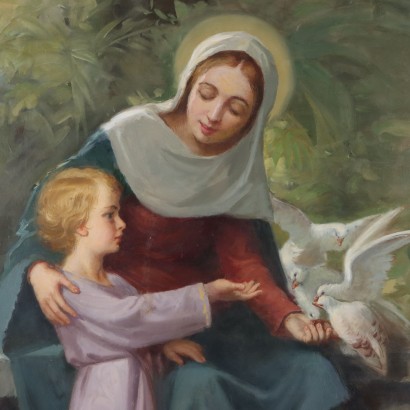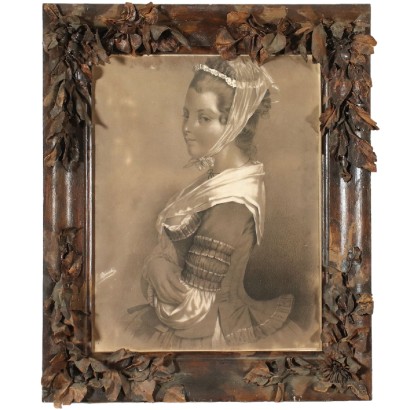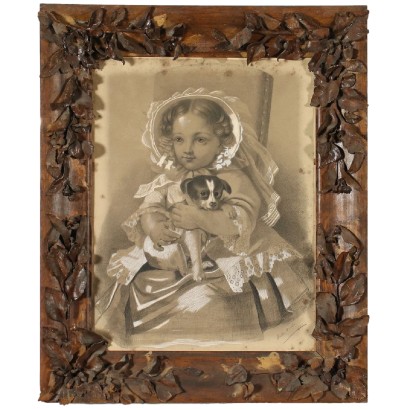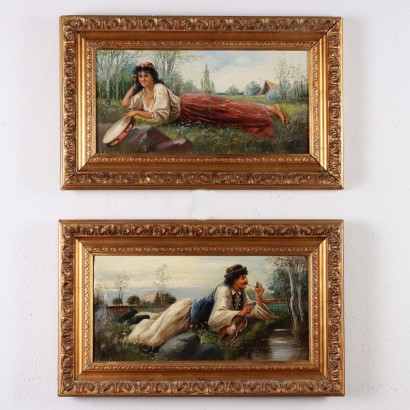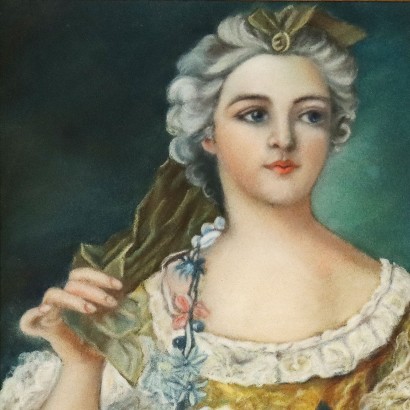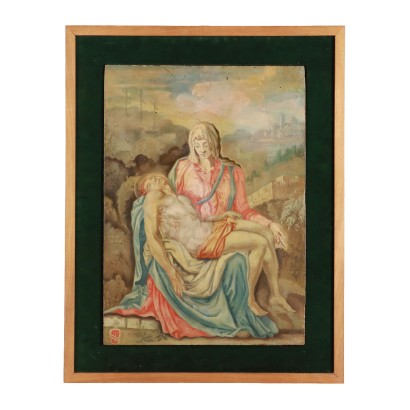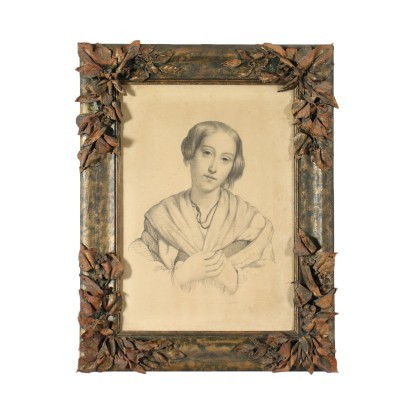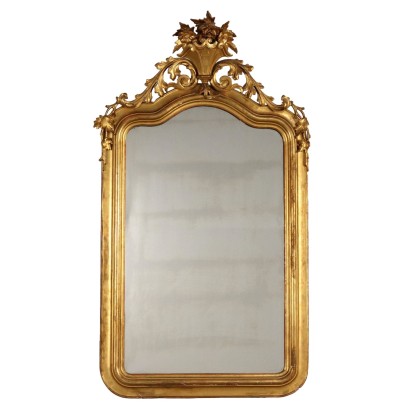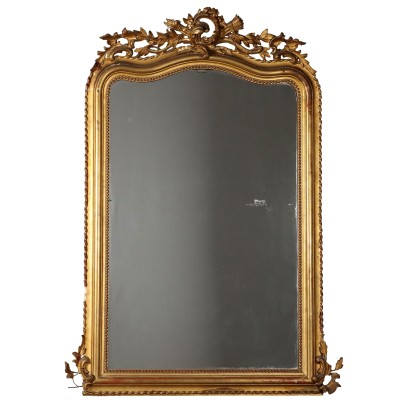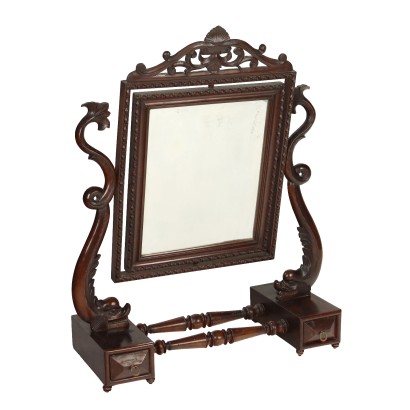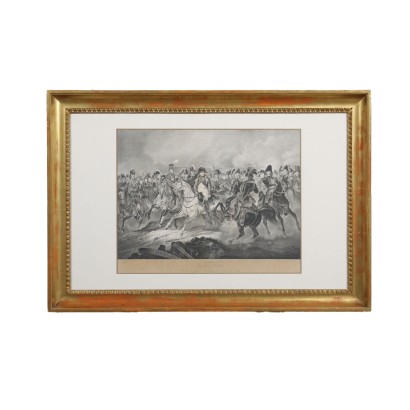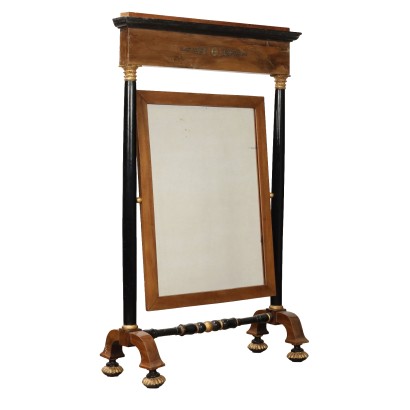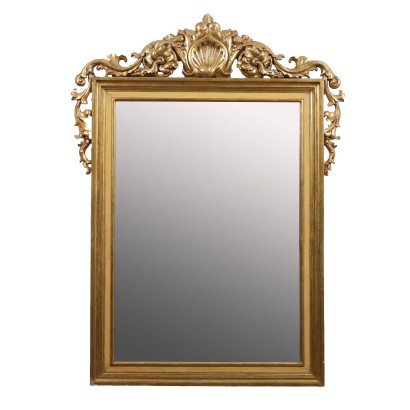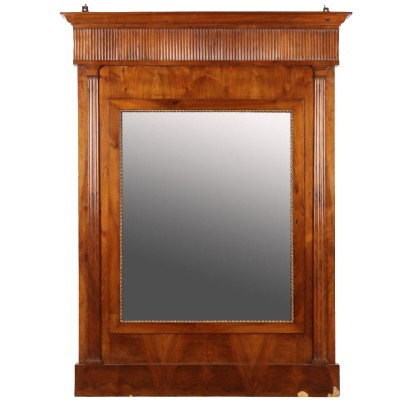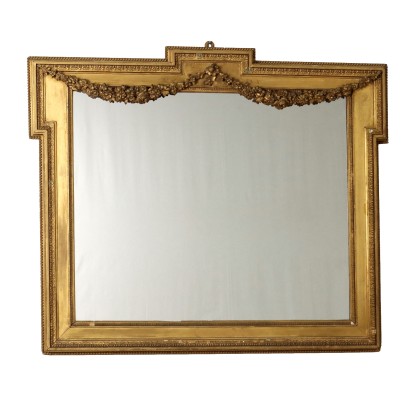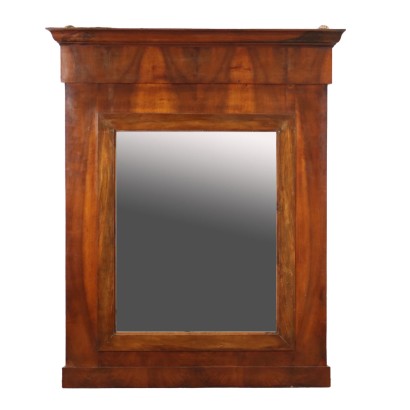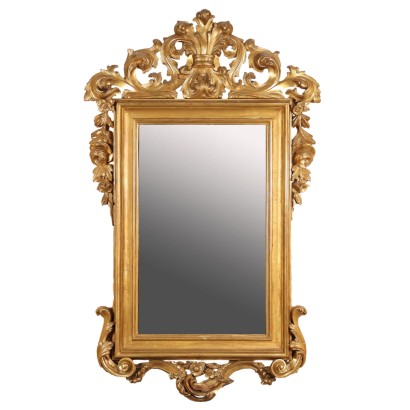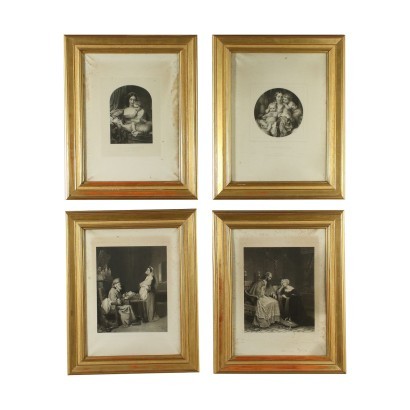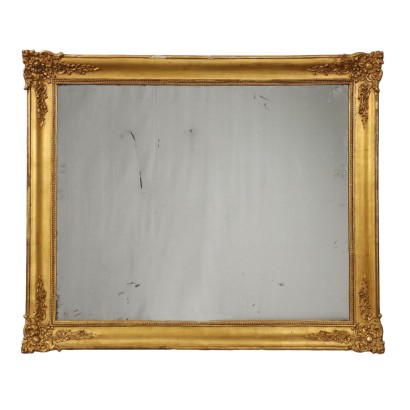Antique Neapolitan Views Gouache on Paper Italy XIX Century
Features
Artwork title: Vedute napoletane
Age: 19th Century / 1801 - 1900
Subject: Views/City Glimpses
Origin: Italy
Artistic technique: Painting
Technical specification: Gouache
Description : Vedute napoletane
Gouaches on paper. The two small paintings offer Neapolitan views, identified by the inscriptions below: on the left, the eruption of Vesuvius in 1794, on the right, the entrance to the Grotte di Pozzuoli. Typical Grand Tour works, practically delicate and detailed postcards. They are presented in a single frame.
Product Condition:
Product in good condition, shows small signs of wear. We try to present the real state as fully as possible with photos. If some details are not clear from the photos, what is reported in the description will prevail.
Frame Size (cm):
Height: 19
Width: 39
Depth: 1,5
Artwork dimensions (cm):
Height: 7
Width: 10
Additional Information
Age: 19th Century / 1801 - 1900
19th Century / 1801 - 1900Subject: Views/City Glimpses
Artistic technique: Painting
La pittura è l'arte che consiste nell'applicare dei pigmenti a un supporto come la carta, la tela, la seta, la ceramica, il legno, il vetro o un muro. Essendo i pigmenti essenzialmente solidi, è necessario utilizzare un legante, che li porti a uno stadio liquido, più fluido o più denso, e un collante, che permetta l'adesione duratura al supporto. Chi dipinge è detto pittore o pittrice. Il risultato è un'immagine che, a seconda delle intenzioni dell'autore, esprime la sua percezione del mondo o una libera associazione di forme o un qualsiasi altro significato, a seconda della sua creatività, del suo gusto estetico e di quello della società di cui fa parte.Technical specification: Gouache
The gouache is a type of colour paint, made heavier and more opaque with the addition of a white pigment (for example, white lead or chalk) mixed with gum Arabic (a time was a favorite of the tragacanth). The result is a color more opaque and brighter than the normal color of tempera. The term can also refer to both the technique of painting, that the paintings made with this type of color. It spread in France in the EIGHTEENTH century, even if of most ancient origin, being already in use in the Europe of the SIXTEENTH century, and was used mainly for preparatory sketches of the work oil. The gouache, in fact, seen at a certain distance, looks like oil painting, and drying takes a tone pearly white's that contains. In the NINETEENTH century it spread more because of the use in the production of the billboards. With the gouache, however, it is difficult to find the right shade because, when it dries, the colors undergo any appreciable change (usually dark shades tend to become lighter and light areas to darken); the difficulties are accentuated further if the job is run repeatedly. Another problem is the risk of microfissures if the pigment is spread in layers that are too thick, the drawback can be alleviated by means of thickening as the acquapasto. Can be very effective when applied to colored paper, as for example in the works of William Turner. The gouache is the first type of color and still the most used for the production of decals, and for the sets.Other customers have searched:
Arte ottocento, artisti italiani, dipinti 800, dipinto olio su tela, dipinto antico, dipinto paesaggio, dipinti natura morta, arte antica, dipinto olio su tavola..
Se sei un appassionato d'arte, non perderti i nostri approfondimenti sul Blog Arte Di Mano in Mano e su FineArt by Di Mano in Mano - Arte:
Leggi di più
Ecco alcuni tra i principali articoli:
Vedute
Falsi nell'arte antica
Un messaggio di fiducia per ripartire
La potenza espressiva dell'arte figurativa etiope
Breve Storia del Collezionismo
Giorgio Upiglio, maestro dei libri d'artista
Matthias Withoos detto "Calzetta bianca"
San Rocco pensaci tu - Classic Monday
Dai un'occhiata alle nostre rubriche di divulgazione sull'arte:
Epoche
Lavorazioni e tecniche
Mostre ed Eventi
Protagonisti
Ti suggeriamo di guardare anche le presentazioni di questi dipinti ottocenteschi:
Tavoletta Porcellana Regina Luisa di Prussia, Berlino, Ultimo Quarto XIX secolo
Veduta di Frascati, Achille Etna Michallon, ambito di, terzo decennio XIX secolo, olio su tela
Venere Dormiente, Claudio Rinaldi, 1899
Sapevi che l'arte può essere anche un ottimo investimento (e non solo per grandi portafogli)?
L'Arte tra Collezionismo e Investimento
FineArt: Arte come investimento
Leggi di più
Ecco alcuni tra i principali articoli:Vedute
Falsi nell'arte antica
Un messaggio di fiducia per ripartire
La potenza espressiva dell'arte figurativa etiope
Breve Storia del Collezionismo
Giorgio Upiglio, maestro dei libri d'artista
Matthias Withoos detto "Calzetta bianca"
San Rocco pensaci tu - Classic Monday
Dai un'occhiata alle nostre rubriche di divulgazione sull'arte:
Epoche
Lavorazioni e tecniche
Mostre ed Eventi
Protagonisti
Ti suggeriamo di guardare anche le presentazioni di questi dipinti ottocenteschi:
Tavoletta Porcellana Regina Luisa di Prussia, Berlino, Ultimo Quarto XIX secolo
Veduta di Frascati, Achille Etna Michallon, ambito di, terzo decennio XIX secolo, olio su tela
Venere Dormiente, Claudio Rinaldi, 1899
Sapevi che l'arte può essere anche un ottimo investimento (e non solo per grandi portafogli)?
L'Arte tra Collezionismo e Investimento
FineArt: Arte come investimento
Product availability
The product can be seen at Cambiago
Disponibilità immediata
Pronto per la consegna in 2 giorni lavorativi dalla conferma dell'ordine del prodotto.
Consegna tra i 7 e i 15 giorni in tutta Italia. Per le isole e le zone difficilmente raggiungibili i tempi di consegna possono variare.



